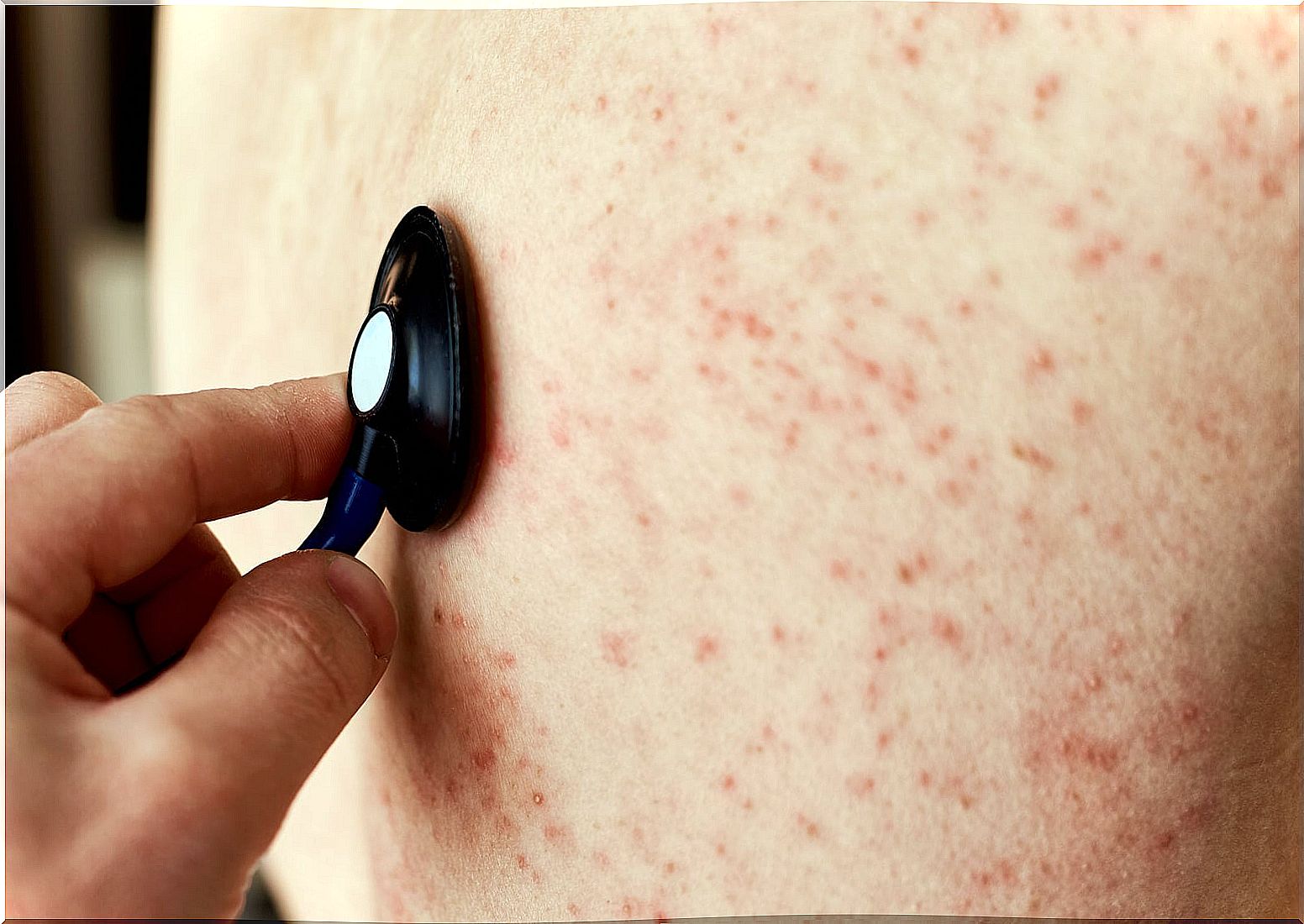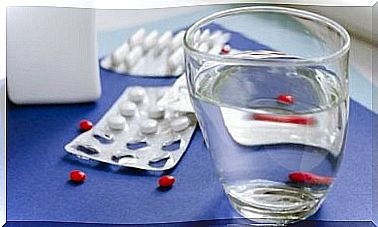Characteristics Of Schönlein’s Purpura Disease
Schönlein’s purpura disease can present at any age, but it almost always occurs in childhood. In most cases, the prognosis is good and recovery occurs spontaneously without generating other consequences.

Schönlein purpura, or simply Schönlein purpura, is an autoimmune disease of the vascular type and the cause of which is unknown. Although it was described for the first time in 1860 by Johann Lukas Schönlein, with the help of his teacher Eduard Heinrich Henoch, its etiology still remains unexplained today.
Schönlein purpura disease is significantly more common in childhood. It is estimated that it affects an average of 10 to 20 children per 100,000 per year. Males are more likely to develop this condition.
This disease occurs when the immune system does not work properly. Everything indicates that, for unknown reasons, a protein called immunoglobulin A (IgA) , which works as an antibody, begins to be stored in the blood vessels. It is very possible that this triggers the symptoms.
It should be noted that Schönlein’s purpura disease is known by other names:
- Schönlein purple.
- Schönlein-Henoch syndrome.
- Anaphylactoid purpura.
- Rheumatoid purpura.
- Rheumatic peliosis.
- Allergic purpura.
What is Schönlein purpura disease?

Schönlein purpura disease is a condition in which small blood vessels become inflamed and irritated. This condition is known as vasculitis and occurs mainly on the skin, but it can also occur in the intestines and sometimes in the kidneys.
In many cases, Schönlein purpura disease is preceded by a bacterial or viral infection of the upper respiratory tract. It can be a sinus, throat, or lung infection.
Cases have also been detected in which the disease occurs after the use of certain medications, the bite of some insects , the ingestion of certain foods or the application of vaccines. However, these cases constitute a minority.
Schönlein purpura disease is diagnosed clinically, based on its main characteristics:
- Acne.
- Renal problems.
- Digestive difficulties
- Inflammation and pain in the joints.
Skin rash
In 80% to 100% of cases of Schönlein purpura disease there are skin symptoms. The most characteristic is purple, which is perceived as a set of purplish-red spots similar to bruises. These usually appear on the buttocks, legs, and feet.
In a few cases there are also spots on the face, ears, arms and back. It is not uncommon for early edema or swelling due to excess fluid on the scalp, hands, feet, face, and scrotum. Blisters on the skin, filled with fluid or blood, are very rare in children, but common in adults.
Joint swelling and pain

In a range of 40 to 75% of cases of Schönlein purpura disease there are joint symptoms. They basically include inflammation and pain in the joints, that is, arthritis. This takes place mainly in the knees and ankles.
Joint problems appear one to two weeks before skin symptoms appear, in a range of 15 to 25% of cases. This arthritis is temporary, as it generally disappears in a few days and does not leave any deformity or sequelae.
Digestive difficulties in Schönlein purpura
Gastrointestinal problems occur in 50 to 75% of cases. The most frequent manifestation is abdominal pain, which is present in up to 85% of those affected. Only in 14% of cases does it appear before the manifestations of the disease in the skin and this usually complicates the initial diagnosis.
There is presence of blood in the stool in half of the cases. Other symptoms like nausea and vomiting are also not uncommon. In a small percentage of cases there are also gastrointestinal bleeding, intussusception, ulcers, perforations, and acute pancreatitis.
Renal problems

Renal manifestations appear in 20 to 50% of cases. They occur during the first month in 75 to 80% of patients and in the following three months in 97 to 100% of cases. Kidney problems determine the severity of the disease and its long-term prognosis.
They basically comprise hematuria (blood in the urine) and more rarely proteinuria (protein in the urine). If the kidney problem progresses it can lead to different nephritic syndromes. These, in turn, can cause kidney failure in the next 10 years in 50% of those affected.









